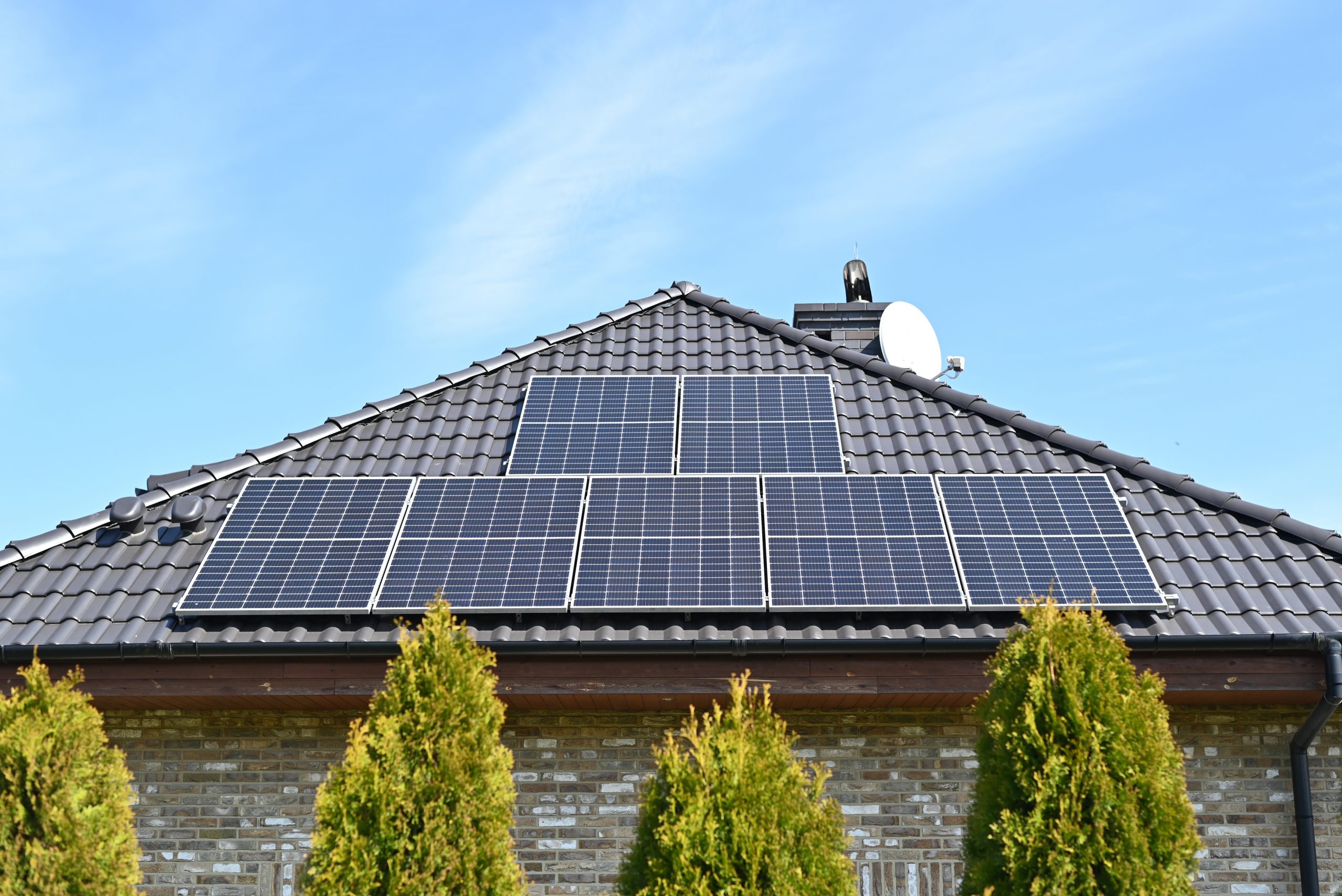About SolarAPP+
Permitting and interconnection processes impose direct and indirect costs on home and business solar installations that are far higher in the United States than in other developed countries with robust solar markets. SolarAPP+ seeks a fundamental reshaping of solar permitting at the federal, state, and local levels.

The Problem
Direct and indirect permitting costs add about $7,000 ($1.00 per watt) to the cost of an average residential solar energy system. That’s roughly equal to a third of the cost of an average-sized residential solar system. These costs include the direct cost of permit application, inspection, and interconnection fees, as well as indirect costs such as physical trips for permitting and inspections, completing and submitting permit applications, and the high cost of losing customers who are frustrated with long government or utility approval times. A one-week delay due to permitting, inspection, and interconnection processes results in a 5-10% client cancellation rate, driving up costs for other customers.
The Solution: Build a Better Permitting System
The key to addressing these costs is to make solar installation straight-forward and routine while maintaining the safety and reliability of systems. Specifically, the following actions would help hundreds of thousands more Americans to choose solar and batteries for their homes and businesses over the next five years:
- standardized online permitting and interconnection tools; and
- local implementation of instantaneous permitting for eligible installers on qualifying (i.e., non-complex) solar projects.
Solar Automated Permit Processing (SolarAPP) seeks a fundamental reshaping of solar permitting at the federal, state, and local levels.
Key elements of the proposed reformed process include:
- Developing a simple, standardized, online platform – to be provided to local governments at no cost to them – for installers to easily “register” qualifying systems with local government authorities; client cancellation rate, driving up costs for other customers.
- Establishing equipment standards and/or certified equipment lists for solar and storage projects installed through the proposed process.
- Creating – or refining existing – system design standards for qualifying solar projects.
contact
Questions about SolarAPP+?
Questions about SEIA's efforts on residential permitting or want to get more involved? Send us a message to learn more today
Explore the SolarAPP+ Map

